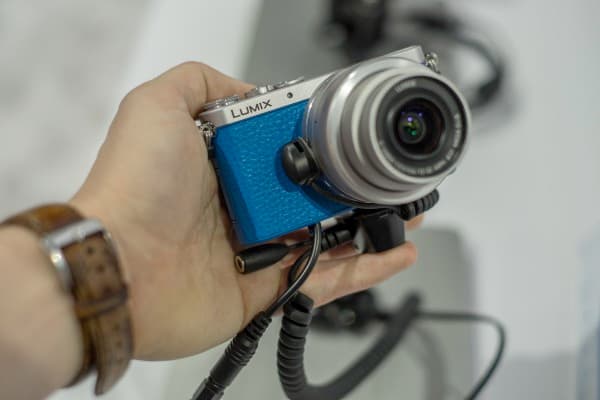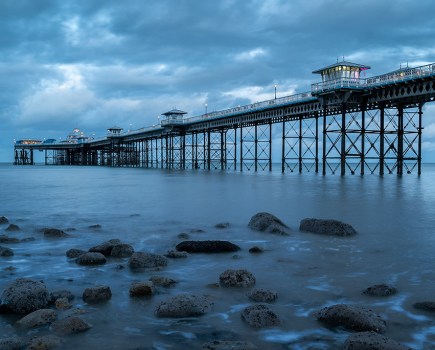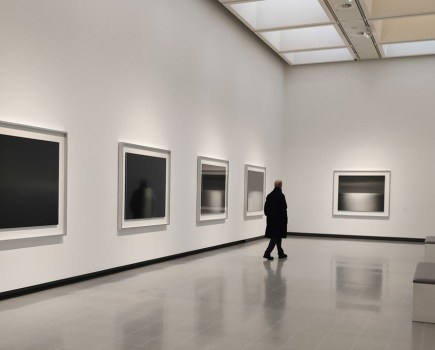Unveiled and on display at CES 2015 was the Panasonic Lumix DMC-TZ70 travel zoom compact, which is the successor to the ever-popular Panasonic Lumix DMC-TZ60. There are only a few major differences between two cameras, the first being that the EVF has been vastly improved with a 1.16-million-dot EVF on the TZ70 that is the same size as the TZ60’s rather poor 200,000-dot-resolution finder. The second big difference is the change in resolution. Panasonic has lowered the resolution from the 18 million pixels of the TZ60 to just 12 million pixels in the TZ70, keeping the same 1/2.3in sensor. Panasonic’s sales support representative, William Voss, told us the reason for doing this was to improve image quality at higher ISO sensitivities.
Although the Panasonic Lumix DMC-CM1 phone/camera was first seen at Photokina in Cologne last year, the US market hasn’t had the same luxury, which made it a hot commodity on the Panasonic stand. And rightly so, because it was one of our highlights from Photokina, packing a 1in sensor inside a fully operational android smartphone. Throughout the day people were captivated by it.
Once again we kept an eye out for anything unusual in a glass cabinet and our investigations proved fruitful. Tucked away in the corner of a lens display case was a brand-new Lumix G 30mm f/2.8 Macro lens for the micro four thirds system, which is said to be under development. Given that Panasonic already has a Leica 45mm f/2.8 Macro in its line-up, this is likely to be an affordable lens that will be attractive for beginners.
On the first day of CES, Panasonic said at its press conference that Panasonic has the largest range of 4K-capable products across its portfolio. It was clear from the numerous demonstrations on the Panasonic stand that the company was really keen the promote 4K video recording. With the Panasonic Lumix DMC-GH4, HX-A500 wearable camera, Lumix DMC-FZ100 superzoom and Lumix DMC-LX100 premium compact all boasting the ability to shoot 4K video, Panasonic displayed the many ways 4K can be used. For the extreme sports types, Panasonic showed off contenders for the Spartan Race, which the company sponsors. Competitors had to climb across ropes and swim underwater with a wearable 4K camera attached to their bodies. Also, there was a small bedroom-style studio with a guitarist highlighting the uses of the GH4 for the avid YouTube blogger or filmmaker.







